Demonstrating the relationship between soil physical properties and ecosystem functioning
Soil physical properties are critical determinants of ecosystem functioning, influencing processes such as water retention, nutrient availability, and biological activity. Here we introduce the key physical properties of soil—texture, structure, porosity, and density—and their interconnections with various ecosystem functions.
Soil texture
Soil texture, defined by the proportions of sand, silt, and clay, significantly affects water retention and drainage, nutrient availability, and microbial activity. Soils with a good clay content generally exhibit greater water-holding capacity, which can enhance plant growth during dry periods and fertility by increasing the cation exchange capacity (CEC). In contrast a heavy clay soil can become waterlogged. Conversely, sandy soils drain quickly but are more prone to drought. This balance impacts ecosystem productivity and resilience, particularly under changing climatic conditions.
Soil structure
Soil structure refers to the arrangement of soil particles and the spaces between them. Well-structured soils facilitate root penetration, water infiltration, and aeration, which are vital for plant growth and soil microbial communities. Aggregate formation, influenced by organic matter content and microbial activity, enhances soil stability and decreases erosion risk. Poorly structured soils can impede water movement and root development, leading to reduced ecosystem productivity.
Porosity and bulk density
Porosity, the volume of pore space in soil, is crucial for water and air movement. High porosity allows for better drainage and oxygen availability, supporting root respiration and microbial activity. Bulk density, inversely related to porosity, provides insight into soil compaction. High bulk density can restrict root growth and reduce the capacity of the soil to store water, negatively impacting plant health and ecosystem stability.
Water holding capacity
The ability of soil to retain water is a key physical property that directly influences ecosystem functioning. Water holding capacity is affected by both texture and structure, impacting plant growth and the functioning of soil biota. Soils with adequate water retention support more diverse plant communities and contribute to higher ecosystem productivity.
Erosion and soil conservation
Soil physical properties are integral to erosion dynamics. Well-structured soils with high organic matter content are more resistant to erosion, promoting soil conservation and maintaining ecosystem integrity. Conversely, degraded soils with poor structure and low cohesion are more vulnerable to erosion, leading to loss of topsoil and nutrients, which can drastically alter ecosystem functions.
Implications for land management
Understanding the relationship between soil physical properties and ecosystem functioning is essential for effective land management practices. Soil conservation techniques, such as reduced tillage and cover cropping, can enhance soil structure and promote ecosystem resilience. Furthermore, integrating soil health assessments into land-use planning can facilitate the sustainable use of soil resources, enhancing ecosystem services.
Conclusion
The interplay between soil physical properties and ecosystem functioning underscores the importance of maintaining healthy soil systems for sustaining ecosystem services. By recognizing and managing these relationships, stakeholders can better protect and enhance ecosystem resilience, productivity, and overall environmental health.


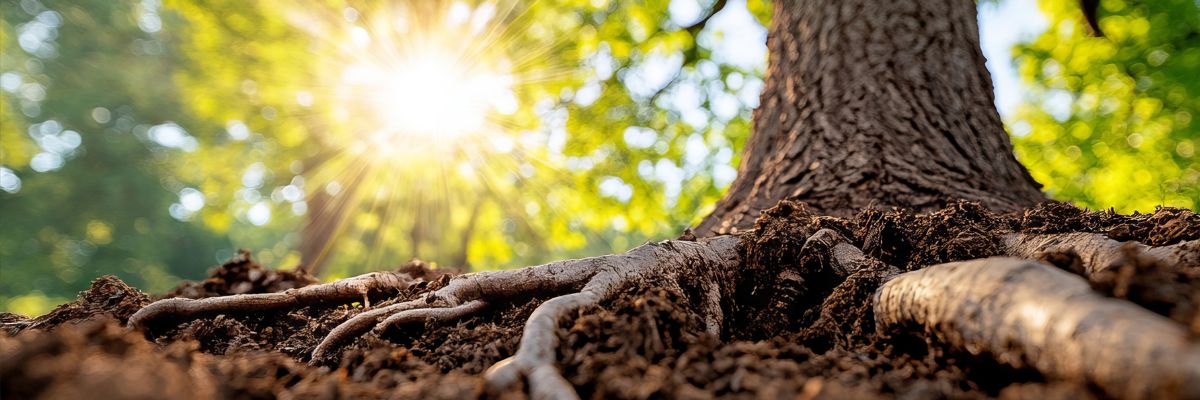
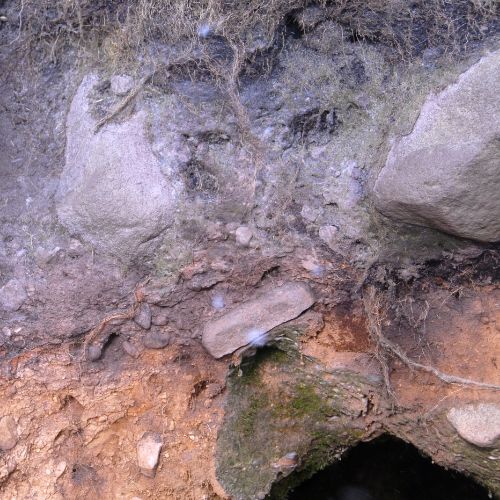
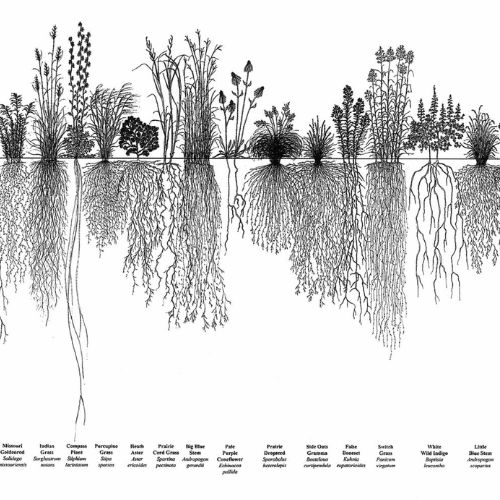

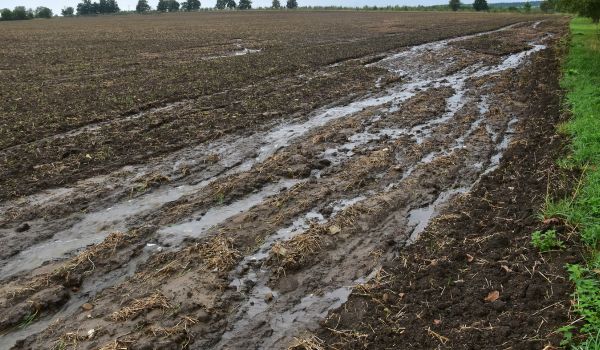
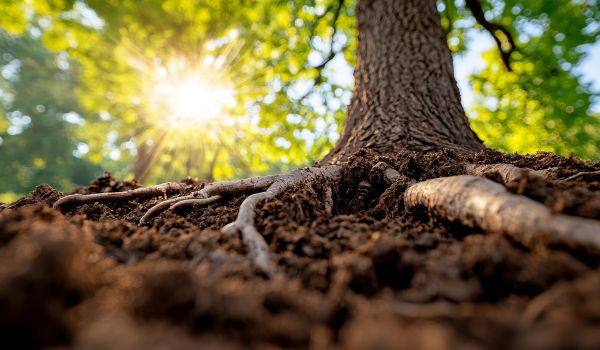
.jpg)
.jpg)
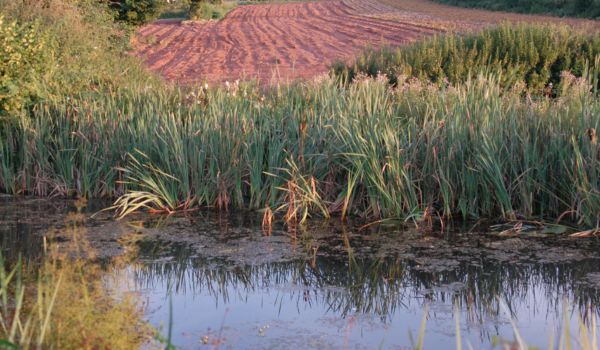
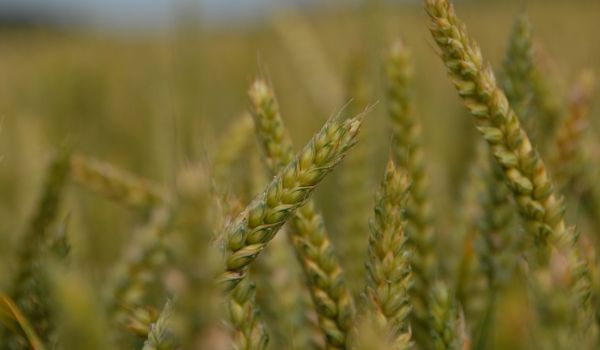
.jpg)
.jpg)